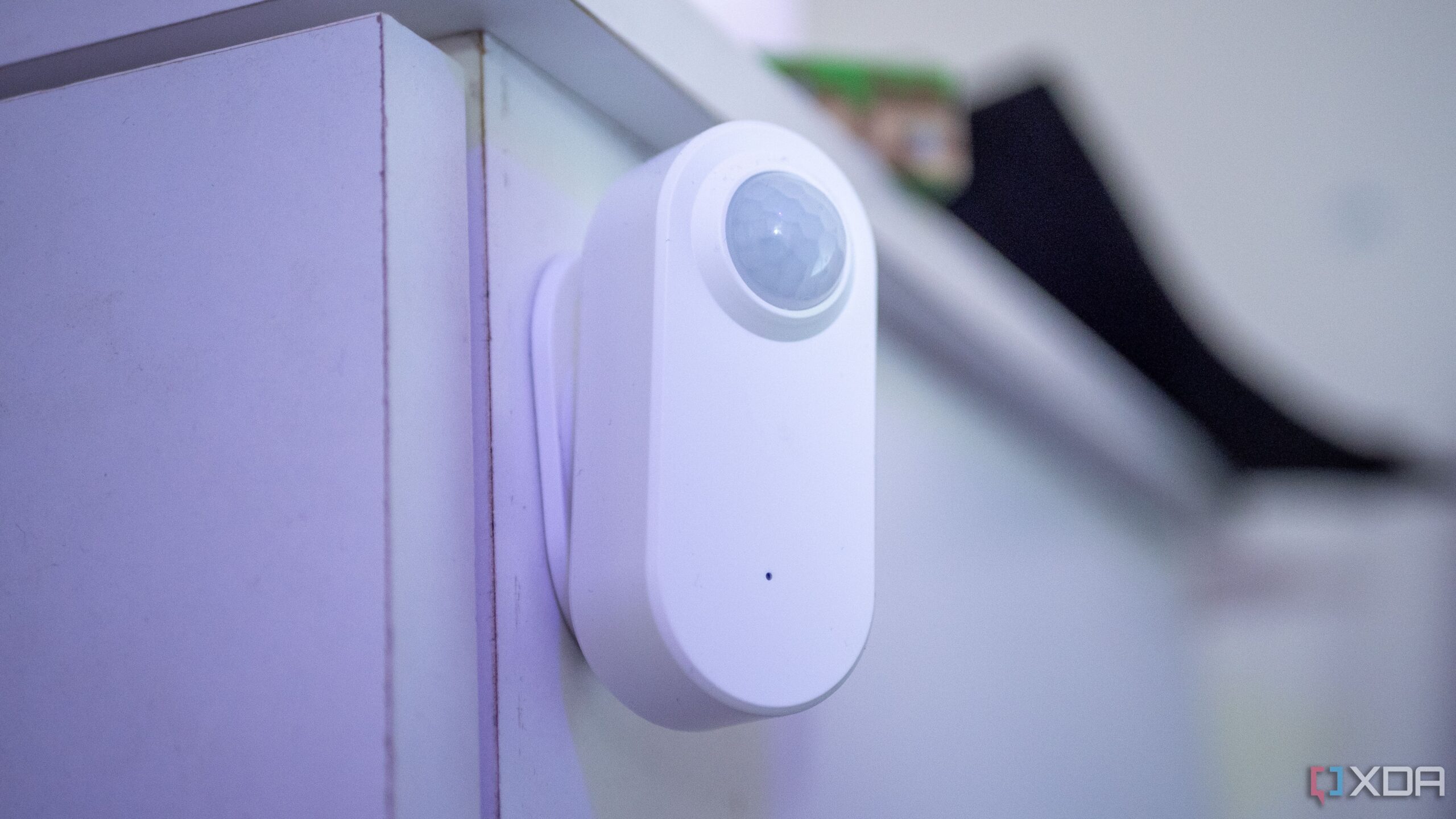Top Stories
Urgent Alert: 6 Essential Security Steps for Smart Home Users

URGENT UPDATE: New data reveals alarming security vulnerabilities in smart home devices, with a major study from New York University confirming that these Internet of Things (IoT) gadgets often expose sensitive personal information. As of 2023, risks associated with smart devices are surging, prompting experts to urge immediate action for users who want to safeguard their data.
Smart devices, from doorbells to thermostats, are now commonplace, but they come with hidden dangers that could compromise your privacy. Recent findings indicate that hackers can easily exploit these vulnerabilities to access your home network and gather personal data without detection. This is a developing issue that demands immediate attention from all smart device users.
To combat these risks, cybersecurity experts recommend six crucial practices that can significantly enhance your smart home security. These steps are straightforward yet vital in protecting your data from potential breaches.
1. Use a Separate Network
Creating a separate network for your smart devices is critical. By isolating these gadgets from your main network, you can minimize the risk of a data breach. Consider the following options:
– **Guest Network**: Utilize your router’s guest network feature to establish a unique connection for smart devices. This will create a different SSID, increasing security.
– **Split Your Bands**: If you have a dual-band router, split it into distinct SSIDs, placing everyday devices on the 5GHz band while your IoT devices operate on the 2.4GHz band. This helps reduce interference and enhances performance.
– **Virtual Local Area Networks (VLANs)**: For tech-savvy users, configuring VLANs can efficiently group IoT devices on a dedicated band with specific firewall rules to monitor traffic. This advanced setup adds an extra layer of security.
2. Implement WPA3 Protocol
Switching to the WPA3 security protocol is crucial for encrypted communication between your devices. This newer standard offers enhanced security features compared to its predecessors, making it harder for unauthorized users to access your network.
3. Multi-Factor Authentication
Enable multi-factor authentication on all smart devices whenever possible. This additional security measure requires users to verify their identity through multiple means, making it significantly harder for hackers to gain access.
4. Create Unique Passwords
Using unique, complex passwords for each device is essential. Avoid common phrases or easily guessable information. Instead, opt for a mix of letters, numbers, and symbols to strengthen your defenses.
5. Regularly Update Firmware
Keep all smart devices updated with the latest firmware. Manufacturers frequently release updates to patch vulnerabilities, so ensuring your devices are up-to-date is a simple yet effective way to bolster security.
6. Disconnect When Not in Use
Finally, consider disconnecting your smart devices from the internet when they are not in use. This can significantly reduce the chances of unauthorized access and data leaks.
As smart home technology continues to evolve, so too do the security threats they face. The findings from the 2023 New York University study serve as a stark reminder that users must remain vigilant. Protecting your personal data is more important than ever, and these six practices can make a real difference.
Stay informed and share this urgent alert with friends and family to help protect their smart homes. With the rise of IoT devices, security is not just a personal concern but a collective responsibility. Take action NOW to secure your home against potential threats!
-

 Science2 weeks ago
Science2 weeks agoIROS 2025 to Showcase Cutting-Edge Robotics Innovations in China
-

 Politics2 weeks ago
Politics2 weeks agoJudge Considers Dismissal of Chelsea Housing Case Citing AI Flaws
-

 World2 weeks ago
World2 weeks agoBravo Company Veterans Honored with Bronze Medals After 56 Years
-

 Lifestyle2 weeks ago
Lifestyle2 weeks agoStone Island’s Logo Worn by Extremists Sparks Brand Dilemma
-

 Health2 weeks ago
Health2 weeks agoStartup Liberate Bio Secures $31 Million for Next-Gen Therapies
-

 Top Stories2 weeks ago
Top Stories2 weeks agoIndonesia Suspends 27,000 Bank Accounts in Online Gambling Crackdown
-

 Sports2 weeks ago
Sports2 weeks agoMel Kiper Jr. Reveals Top 25 Prospects for 2026 NFL Draft
-

 Health2 weeks ago
Health2 weeks agoTop Hyaluronic Acid Serums for Radiant Skin in 2025
-

 World2 weeks ago
World2 weeks agoHoneywell Predicts Record Demand for Business Jets Over Next Decade
-

 Sports2 weeks ago
Sports2 weeks agoYamamoto’s Mastery Leads Dodgers to 5-1 Victory in NLCS Game 2
-

 Politics2 weeks ago
Politics2 weeks agoNew Jersey Voters Urged to Register Ahead of November Election
-

 Lifestyle2 weeks ago
Lifestyle2 weeks agoMary Morgan Jackson Crowned Little Miss National Peanut Festival 2025









